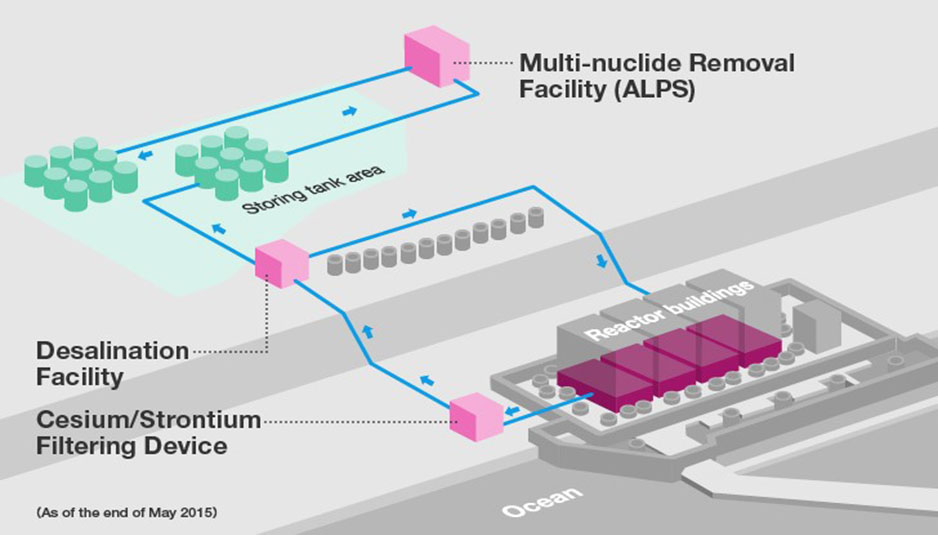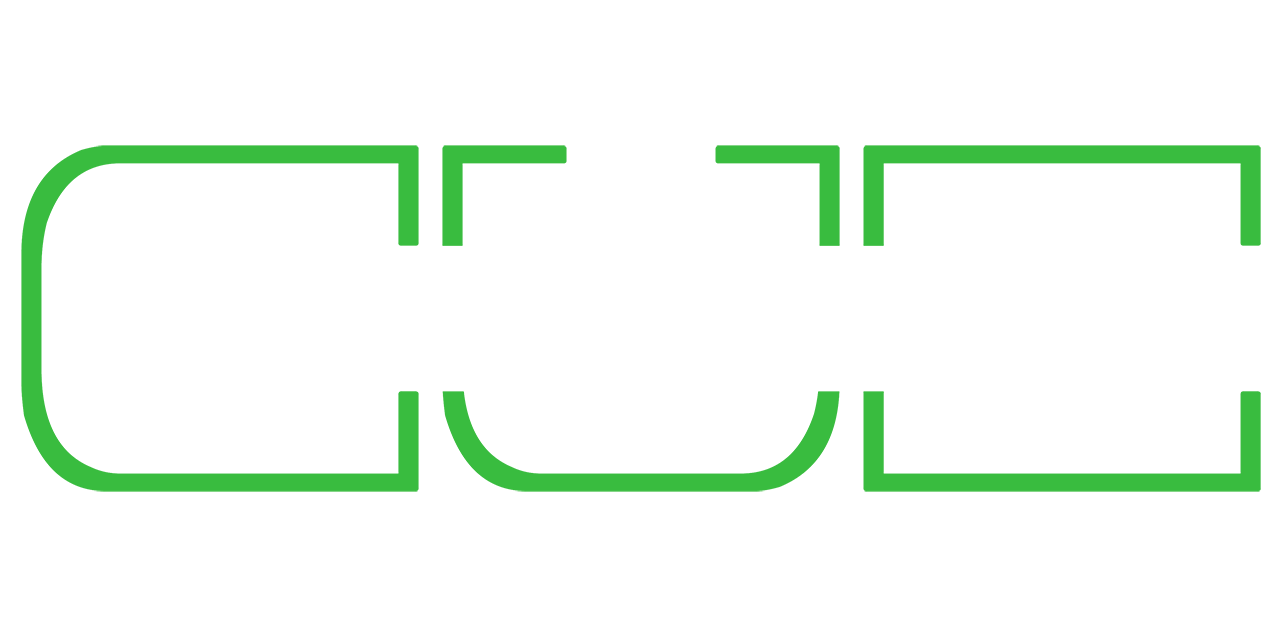4 Years and Half after – Fukushima Pours in the Ocean Filtered Radioactive Water

tepco.co.jp
11th of March 2011. A tsunami crashes into the North coasts of Japan with all the strength the ocean has. The freak wave met on its way the Fukushima nuclear plant. The rest is history.
Tempco (Tokyo Electric Power Co.) company, which manages the nuclear plant, announced that it started, after more than four years, the souring in the sea of the radioactive (but filtered) aquifer, which is close to the plant damaged by the earthquake. According to the company, the water is safe, because it is, obviously, ultra-filtered.
The past 13th of September 2015 have been poured in the ocean almost 850 tons of water that was radioactive because of the accident. Since 2011, this is the first time that the water is poured in the sea. Until nowadays, in fact, fears of the fishermen and the political/environmental pressures have always stopped the technical works. Tempco declared that the aquifer “is safe because it has been filtered through the advanced liquid processing system”, but, precisely, what does this treatment do?
tepco.co.jpThe contaminated water is treated and the Cesium is removed. After that, new filtering technologies remove the Strontium. Downline are present pretreatment systems of co-precipitation with Iron and Carbonate and, further, two different types of adsorption towers (as the figure shows). The latter two steps summarize what it is called ALPS (Advanced Liquid Processing System) process, through which more than 62 different radioactive nuclides are removed. The radioactive material removed from the filtering processes is stocked in High Integrity Containers, HIC. All those processes do not remove the Tritium which, however, has a shorter radioactive decay than a lot of others radioactive nuclides, and which is dangerous only if is eaten. The beta radiation released by Tritium for the decay, in fact, cannot penetrate the human skin.
In spite of the utilization of advanced technologies, Tepco has to find solutions for the 300 tons of “dangerous” water pulled out from the ground close to the Fukushima plant. But, especially, it has to find technical solutions for the 680 thousands of tons of high radioactive water stocked in the site which include the water used to cool down the plant after the accident on March 2011.
As happened for Italy after the Chernobyl catastrophe, in Japan too all the nuclear plants have been stopped after the March 2011 tsunami. The main difference, though, is that in my Bel Paese in 1986 has started the total nuclear plant’s decommission, in Japan the arrest was just temporary in order to – logically – maintain and check all the nuclear sites. The past 11th of August, in fact, has been reactivated the reactor Sendai 1, in the south of the nation. Close to the latter, the next month, will be reactivated the reactor Sendai 2 too. In 2016, Takahama 3 and 4 and Ikata 3 will probably start working again because, at the moment, they are considered conform to all the international and national security norms.
